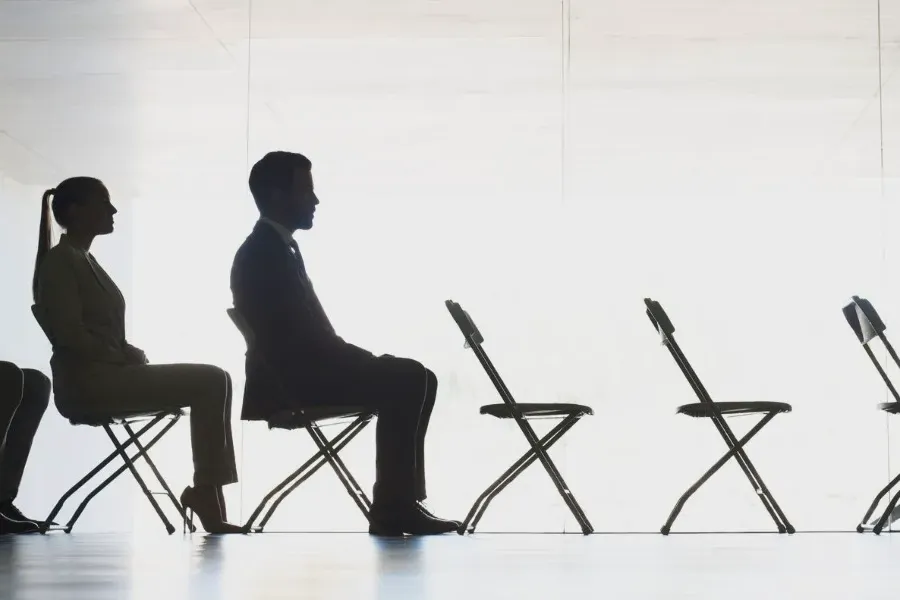Accelerometer instead of self-reporting exercise
This study involved 8,002 adults over the age of 45 who did not have a cancer diagnosis at study enrolment. The participants wore an accelerometer on their hip during waking hours for 7 consecutive days. The researchers didn’t rely on participants to self-report their activity levels. Instead, the accelerometer was used to measure their physical activity much more precisely.

More sitting means high cancer risk
After a follow-up of 5 years, 268 participants died of cancer. The researchers found that longer duration of sedentary behaviour was independently associated with a greater risk of cancer death. The most sedentary adults had an 82% higher risk of cancer mortality compared to the least sedentary adults.
“This is the first study that definitively shows a strong association between not moving and cancer death,” said Susan Gilchrist, M.D., associate professor of Clinical Cancer Prevention and lead author of the study. “Our findings show that the amount of time a person spends sitting prior to a cancer diagnosis is predictive of time to cancer death.”
Exercise like cycling lowers your risk

The study also found that engaging in either light or moderate to vigorous physical activity made a difference. Researchers found that replacing 30 minutes of sedentary time with physical activity was associated with a 31% lower risk of cancer death if the activity was of moderate intensity like cycling, for example. If it was a light-intensity activity like walking, the risk of cancer death was lowered by 8%.
“Our findings reinforce that it’s important to sit less and move more. From a practical perspective, this means that individuals who replaced either 10 to 30 minutes of sedentary time with either light or moderate to vigorous physical exercise had a lower risk of cancer mortality in the cohort,” Gilchrist concluded.




